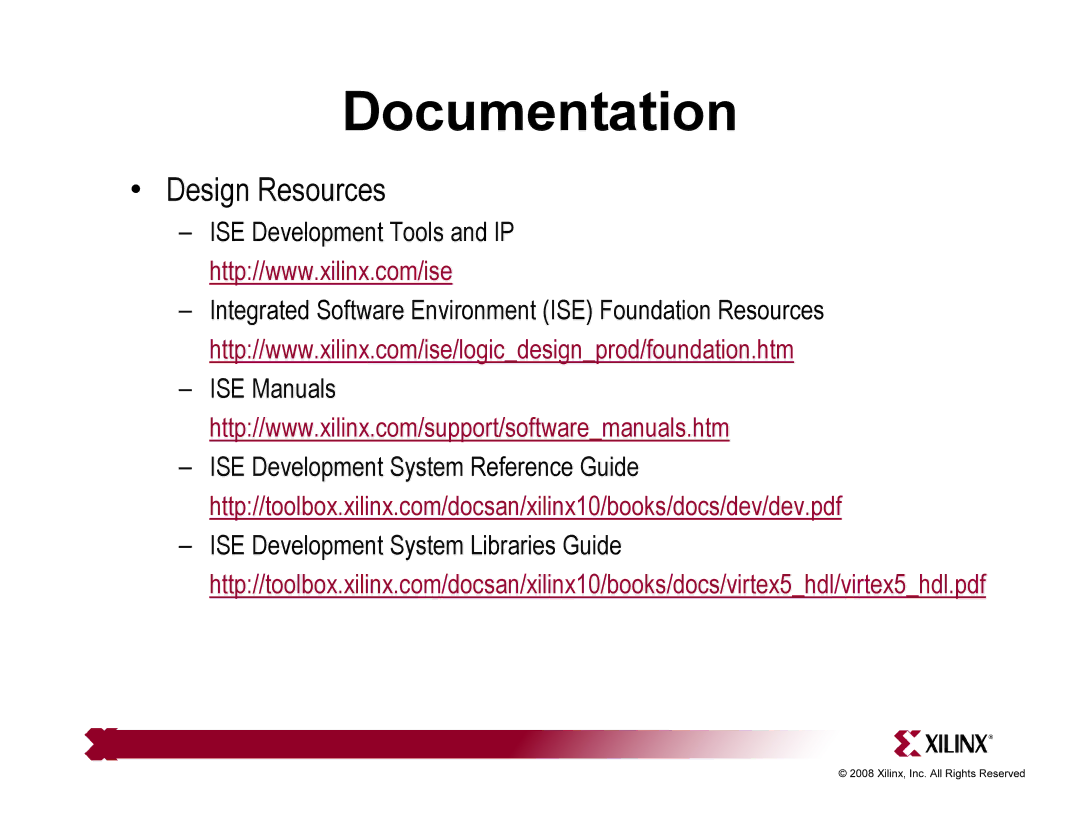ML507 specifications
The Xilinx ML507 is a versatile and powerful development board that showcases Xilinx's cutting-edge FPGA technology, particularly the Virtex-5 series. Designed for various applications in digital signal processing, video image processing, and industrial control, the ML507 offers an ideal platform for engineers and developers looking to prototype and test their designs.One of the main features of the ML507 is its integration of the Xilinx Virtex-5 FPGA, which provides high performance and scalability for complex applications. The FPGA is available in various configurations, allowing developers to choose an appropriate amount of logic cells, DSP slices, and RAM resources to fit their project requirements. The ML507 also includes embedded block RAM and high-speed transceivers that facilitate high-bandwidth data transfer and efficient memory usage.
The board supports a diverse range of I/O interfaces, including HDMI and USB, making it suitable for multimedia applications. It features a VGA output, enabling easy connection to standard displays for visual feedback during testing. Additionally, the included Ethernet port provides networking capabilities, allowing for remote access and data logging. The breakout connectors on the board give users flexibility to connect additional peripherals or custom hardware, enhancing its adaptability to various development needs.
Another significant characteristic of the ML507 is its robust development environment, which includes the Xilinx ISE design suite. This software suite provides a comprehensive set of tools for designing, simulating, and implementing FPGA-based applications. It supports both VHDL and Verilog design languages, making it accessible to a broad range of developers. Furthermore, the ML507 supports the use of advanced features such as partial reconfiguration, enabling dynamic updates to the FPGA without complete system downtime.
Complementing the hardware features, the ML507 benefits from a rich ecosystem of IP cores and reference designs, which can significantly accelerate the development process. Engineers can leverage these pre-built components to integrate complex functionalities quickly, allowing them to focus on custom logic design and optimization.
In summary, the Xilinx ML507 development board stands out with its high-performance Virtex-5 FPGA, versatile I/O options, robust development tools, and a rich ecosystem. Its combination of features makes it a valuable resource for engineers working on a range of applications, from telecommunications to industrial automation, paving the way for innovation and efficiency in the field of FPGA development.

